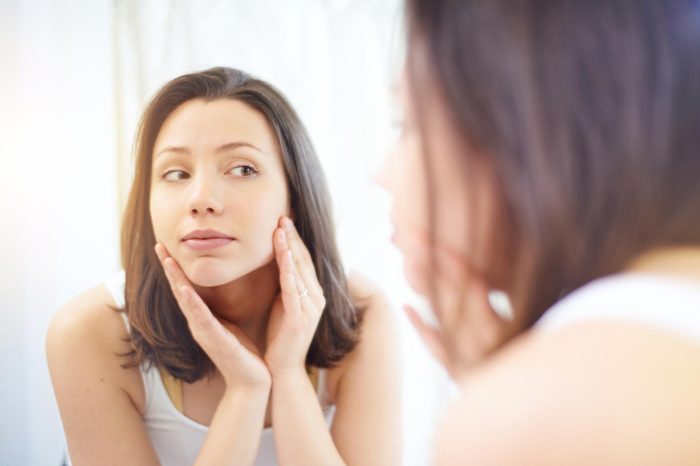
Truth: “Porexia” is a thing
Are you obsessed with the size of your pores? Would you do anything to make them appear smaller? If so, you’re far from alone. Many people complain about the size of their skin pores because they fear it makes them look older, according to a study published in the journal Clinical, Cosmetic and Investigational Dermatology. The good news is that putting pore myths and facts into perspective can eliminate the need for any such sacrifices.
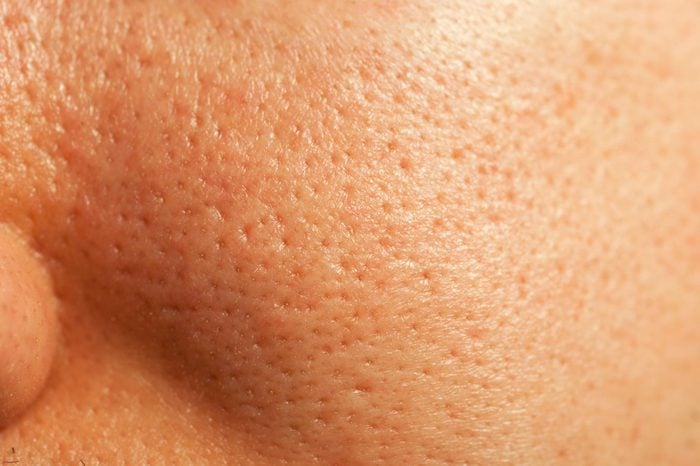
Truth: There are two types of pores
Your skin is composed of oil pores and sweat pores. Oil pores are actually hair follicles. Each contains a sebaceous gland that produces oil (sebum), and these pores tend to be the source of our cosmetic discontent. “Sweat glands are very small, so it’s the hair follicles that bother us more and tend to become blocked,” says Gervaise Gerstner, MD, an assistant clinical professor of dermatology at Mount Sinai Medical School in New York, NY.
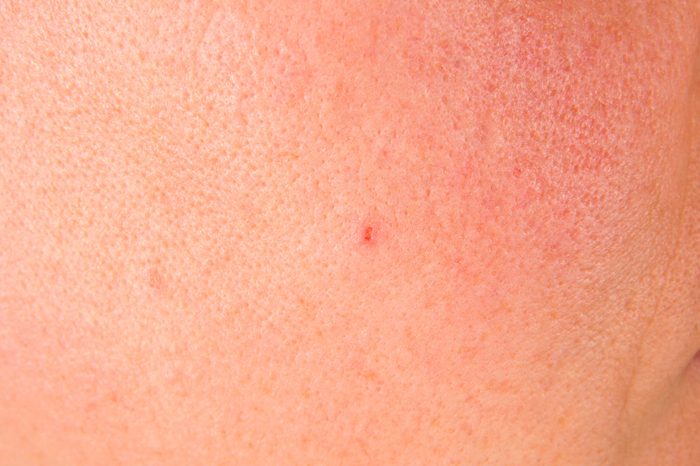
Truth: Pores have a purpose
And it’s not just to irritate you and drive you to distraction either. Oil pores are needed for hair to grow and to provide safe passage of oil to the skin surface, where it is tasked with protecting your skin. In fact, the average adult has 5 million pores, with approximately 20,000 on the face alone. When pores become clogged with oil and dead skin cells, a blackhead or whitehead may form. Enter bacteria. In response, the skin grows red and inflamed, causing a pimple. (Here’s the dermatologist-approved way to pop a pimple—if you can’t leave it alone.)
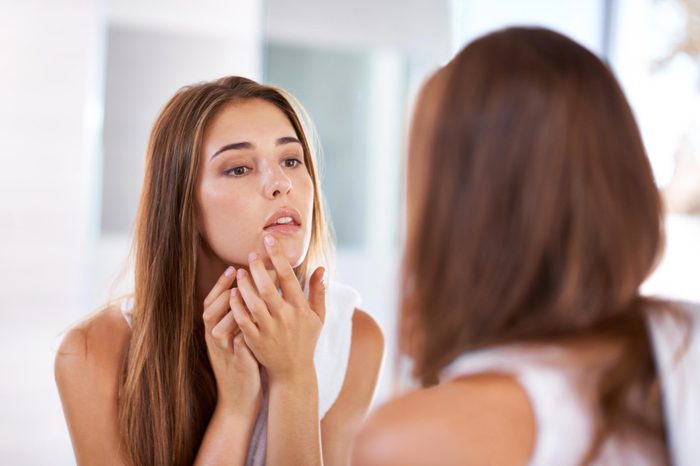
Myth: The black in blackheads is dirt
That’s just an optical illusion, says Dr. Gerstner. When a pore becomes clogged, a blackhead may result. “But what you see is actually just oxidized sebum (oil). The sebum is usually white,” she says. Sometimes there is dirt in the pore too, but most of what you see is oxidized oil, not dirt. Check out these 8 home remedies for beating blackheads.
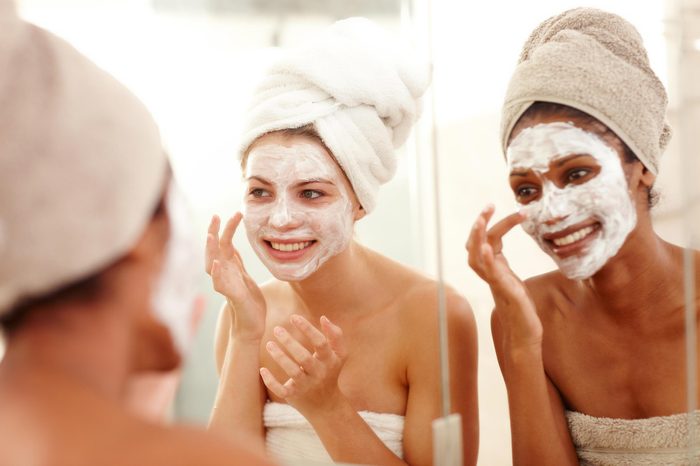
Myth: Your pores open and close
Not true, explains Christopher W. Robb, MD, PhD, a dermatologist and co-founder of Skin and Allergy Center in Nashville, TN. “They dilate like a camera lens and can go from narrow to wide, or wide to narrow,” he says. Steam can help loosen the oil inside pores, but they don’t open and close.

Truth: UV rays can make pores look larger
“The more sunlight you get on your skin, the larger your pores may appear,” Dr. Robb says. The theory is that ultraviolet rays weaken the collagen that supports pores and keeps them tight. Collagen is the main building block of healthy, supple, and resilient skin. Decreased elasticity around pores is one of the main causes of enlarged pores, according to a study in the journal Dermatologic Surgery. These 8 bad habits can clog your pores and make them appear even larger.

Truth: Your menstrual cycle affects your pore size
“Pores are dynamic,” says Dr. Robb. “They constantly shift, so when hormones spike during ovulation, your pores can get very large. And then they will shrink again as hormone levels decrease.” Hormonal highs and lows during pregnancy or menopause can also cause pores to look larger, he says.
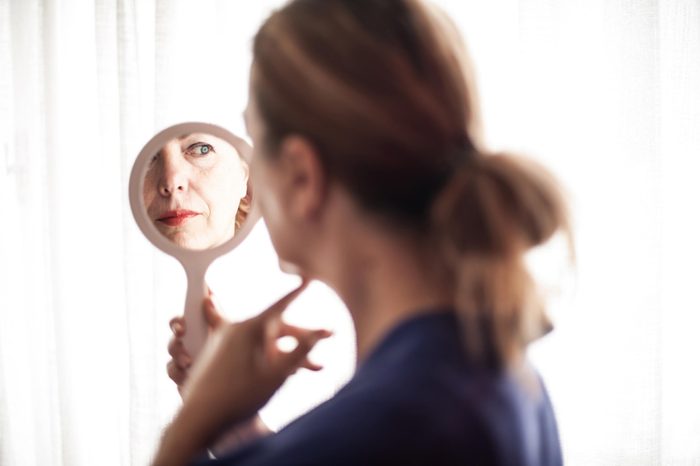
Truth: Advancing age affects pore size
This is sad but true, says Dr. Gerstner: “When your body’s natural production of elastin and collagen drop with age, your skin gets floppier, and this makes the pores appear larger.” Elastin works with collagen to support the skin. The decline in these proteins is also linked to deep wrinkles and folds, she says. In-office treatments such as intense pulsed light (IPL), can help.
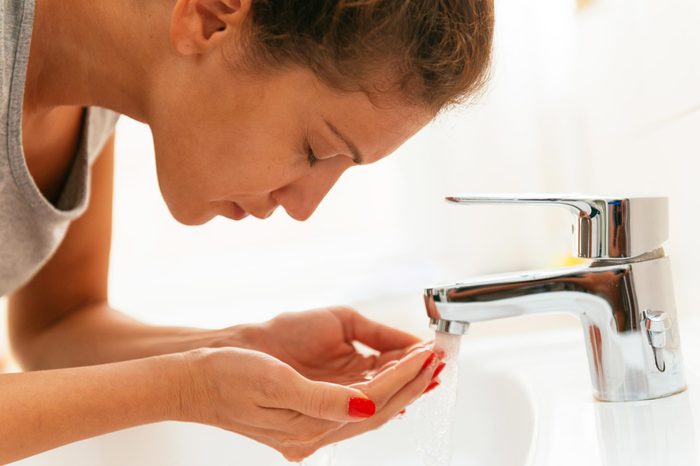
Truth: Over-washing can make pores appear bigger
Yes, dirt and debris can clog pores and make them appear larger, but “I tell most of my patients to wash their face only at night because you don’t want to de-grease it to the point that it becomes dry,” Dr. Gerstner says. If this occurs, pore treatments become more irritating, patients stop using them, and pores continue to appear enlarged. These are the 17 skincare rules dermatologists follow themselves.

Truth: Men have larger pores than women
Men’s pores are, in fact, larger than women’s, says Terrence Keaney, MD, an assistant clinical faculty of dermatology at George Washington University in Washington, DC. Some men are bothered by pore size and will seek treatment, he says. But even if they are focused on their own pores, more than 50 percent of men have never noticed the size of pores on a woman’s face, according to the L’Oreal poll.
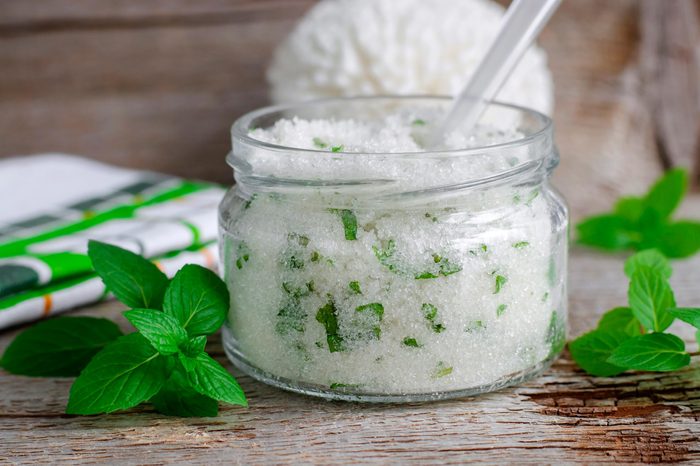
Myth: There’s nothing you can do about your pores
You can’t change the size of your pores, but you can take steps to make them appear smaller. “Sebum, oxidation, and blackheads make pores more noticeable, but skin care with gentle exfoliation to get rid of debris and skin tightening with lasers or other energy-based devices can tighten the pores,” says Dr. Keaney. Over-the-counter and prescription-strength retinoids encourage skin cell turnover to prevent the buildup of dead skin cells in pores. In addition, products with salicylic acid or glycolic acid also exfoliate the skin to minimize visible gunk in pores. Laser skin resurfacing, micro-needling, and other treatments can help boost collagen. “When we increase collagen production, skin becomes denser and pores get squished in, so they appear smaller,” Dr. Keaney says. Gerald Imber, MD, a plastic surgeon and assistant clinical professor at the Weill-Cornell Medical Center in New York, NY, believes that one of the most effective pore minimizers is micro-needling with PRP (platelet-rich plasma). “PRP is a natural growth substance in our own blood that encourages new collagen in the skin and tightens the appearance of enlarged pores and acne marks,” he says. A series of treatments is often needed for maximum results, he adds. Until then, use these 6 makeup tricks to fake a flawless complexion.
